Uber has been rolling out some big changes to the driver experience lately and today, they made another HUGE announcement – they are getting rid of upfront pricing and flat rate surge for drivers in California! But before we dig into all the details of this latest announcement, some background. By now, all drivers in California should be able to see where their passengers are going and see estimated earnings when they get a request. These new driver features were released by Uber in December 2019 and they garnered an overwhelmingly positive response from drivers. Nice work Uber!
Over the next couple weeks, Uber will be rolling out even more changes to the way drivers are paid and I’m glad to say that mile and minute rates will not be changing. If you’re outside of California, you might be wondering when these changes will come to you and the good news is that Uber has indicated that while these changes will only apply to California drivers for now, depending on how they’re received, they could eventually roll out nationwide.
There are three main components to these changes, which we will outline below. They are:
- No more Upfront Pricing – what passengers pay will again be coupled to what drivers receive
- No more Flat Rate Surge – Uber is going back to a surge multiplier
- Quest Bonus will now offer a lower service fee, instead of a bonus
If you don’t see all of the changes at once, don’t worry. Uber has said the Quest changes will likely roll out last, but all drivers in California should see these changes by the end of next week. Uber is implementing a city by city rollout for these changes with smaller to medium sized cities getting the new fare structure first and then all the big cities like Los Angeles, San Francisco, etc getting them later.
At The Rideshare Guy, we strive to break all the latest rideshare news down for you FIRST so all you have to do is sit back and drive. If you want to stay informed and up to date, sign up today to get The Rideshare Guy newsletter here.
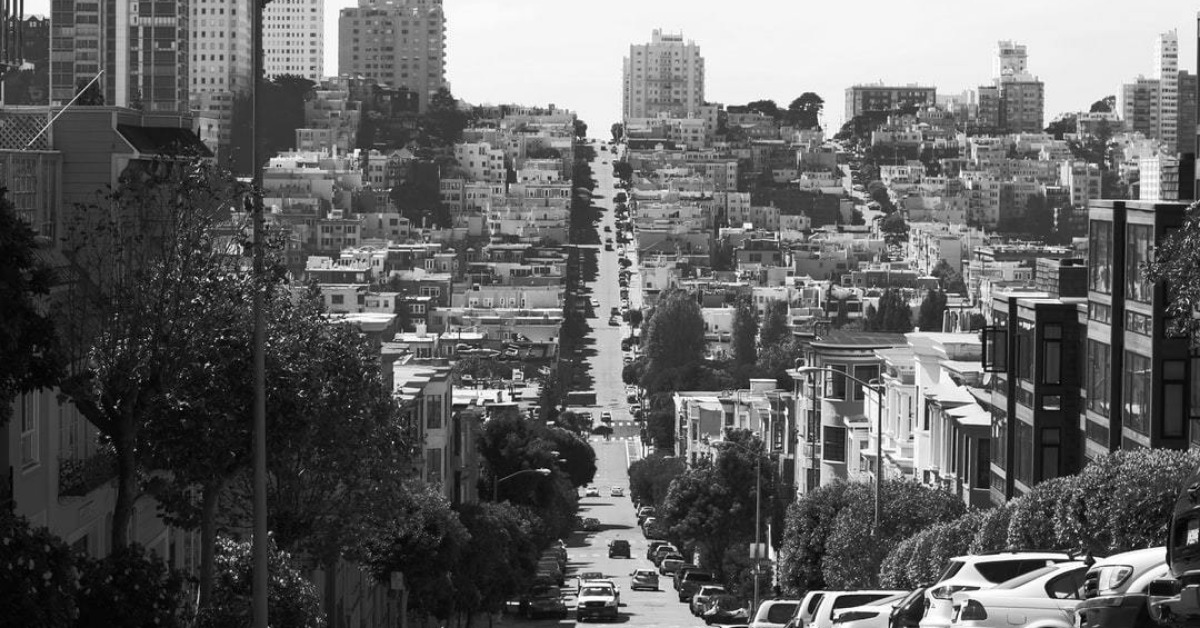
Drivers Are Going to Get What Passengers Pay (Again!)
The biggest news is that Uber is getting rid of upfront pricing. So your payout will now be directly tied to the amount the passenger pays, minus the Uber service fee (and minus the booking fee which we’ll explain later) – and you will be shown a range of what you will earn minus the service fee on the accept screen. So essentially you’ll see your net earnings for every ride on the accept screen.
Take a look at the image below, and you will see that our hypothetical driver below will receive a total of $13-15 after the service fee is taken out. So this is the amount that will actually go to your bank account for this ride.
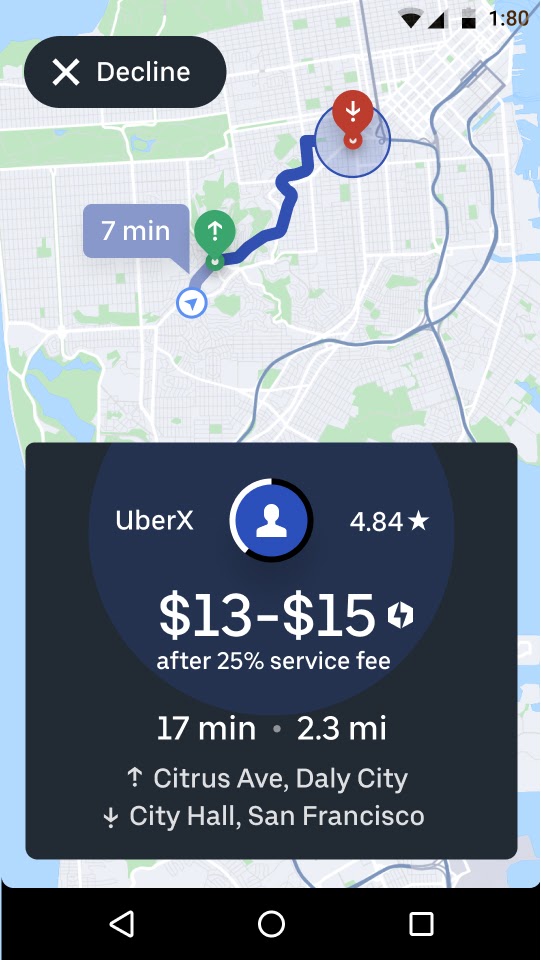
For Pool trips, you will see the exact amount you’ll earn for every completed pick up before you start the trip. In addition, for every new passenger added to your Pool trip, you’ll see the additional amount you’ll earn as well as each passenger’s destination.
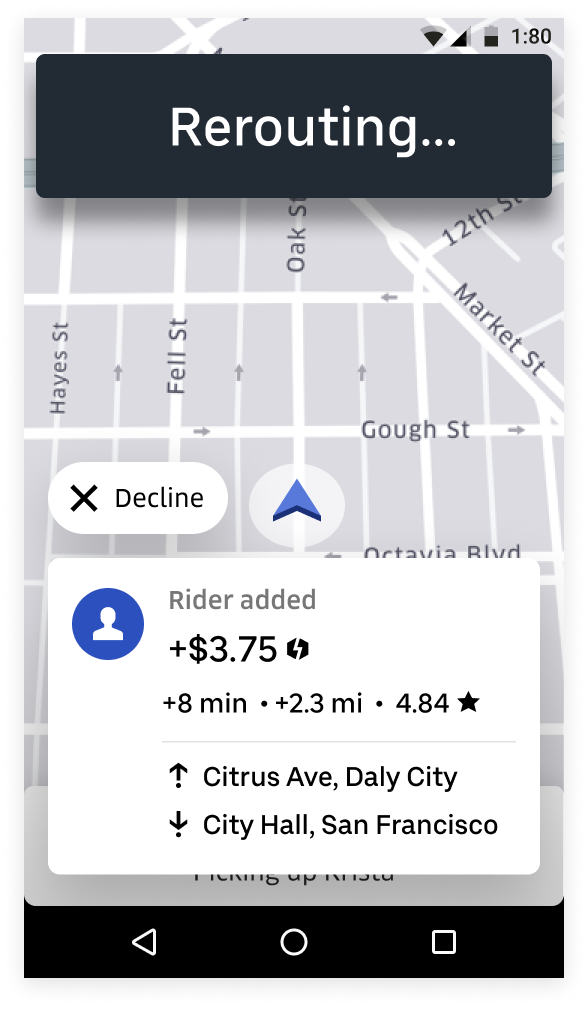
While this is great news for those of us tired of Uber taking huge service fees due to upfront pricing, Uber will still be charging a booking fee. However, the booking fee is changing too – it is now known as the ‘marketplace fee’, which the rider will see on their trip receipt. The ‘booking fee’ has gone through a few iterations over the years but it’s a fee charged directly to passengers for the ‘convenience of using Uber to connect passengers + drivers’.
Back in the day, booking fees started out around $1, but in cities like San Francisco, they are now $2.80! The reason why the booking fee (now marketplace fee) is important to understand is because Uber gets 100% of the revenue from a marketplace fee and the rest of the fare is split with the driver 25%/75%, with the driver getting 75%.
Old System under Upfront Pricing – Uber would take a fixed booking fee and a variable service fee:
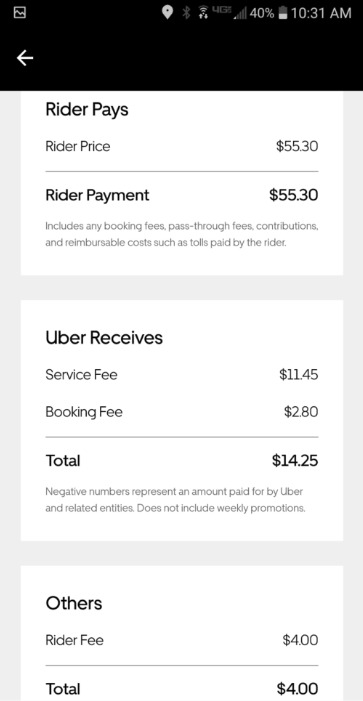
New System – Example:
Passenger pays $12.80 for a ride.
Uber gets a $2.80 marketplace fee leaving $10 for the driver/Uber to split.
Uber takes 25% of $10 or $2.50
Driver gets 75% or $7.50
Uber’s effective (total) commission is $5.30($2.80 +$2.50) or 41.4% ($5.30/$12.80)
According to Uber the marketplace fee will only be variable by $1-3 depending on which California city the passenger is requesting a ride in. The marketplace fee for San Francisco, for example, may be different from the fee charged to Los Angeles passengers, but all Los Angeles passengers will pay the same marketplace fee.
So hopefully we haven’t lost you, but what you need to know is that the marketplace fee may be slightly variable now and the service fee, which is the more important number, will now be fixed at 25% for UberX rides. UberXL, Comfort, SUV and Lux trips will be charged a 28% service fee.
However, sometimes drivers won’t see a 25% service fee from Uber – and that leads us to changes coming to Uber Quest.
Quest is Evolving
This is the part that gets a little tricky – and may be a point of contention for some drivers. Uber is changing the way Quests look. Now, instead of getting a bonus (additional earnings) based on your chosen Quest, you will instead receive a ‘discount’ on your service fee.
What does this look like? Here’s what Quests looked like in the past (image below). Notice how in this example, the driver was offered $40 extra for completing 70 trips, or $85 for completing 90 trips.
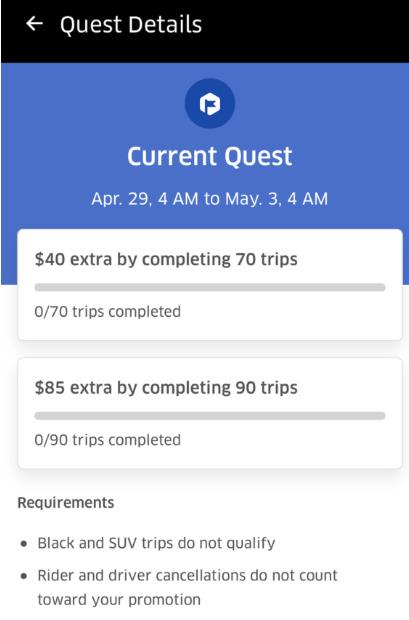
Now instead of aiming for a bonus for how much you drive, you will be aiming for a reduction in service fees from Uber (and therefore an increase in how much you make per ride after you hit the Quest threshold bonus):
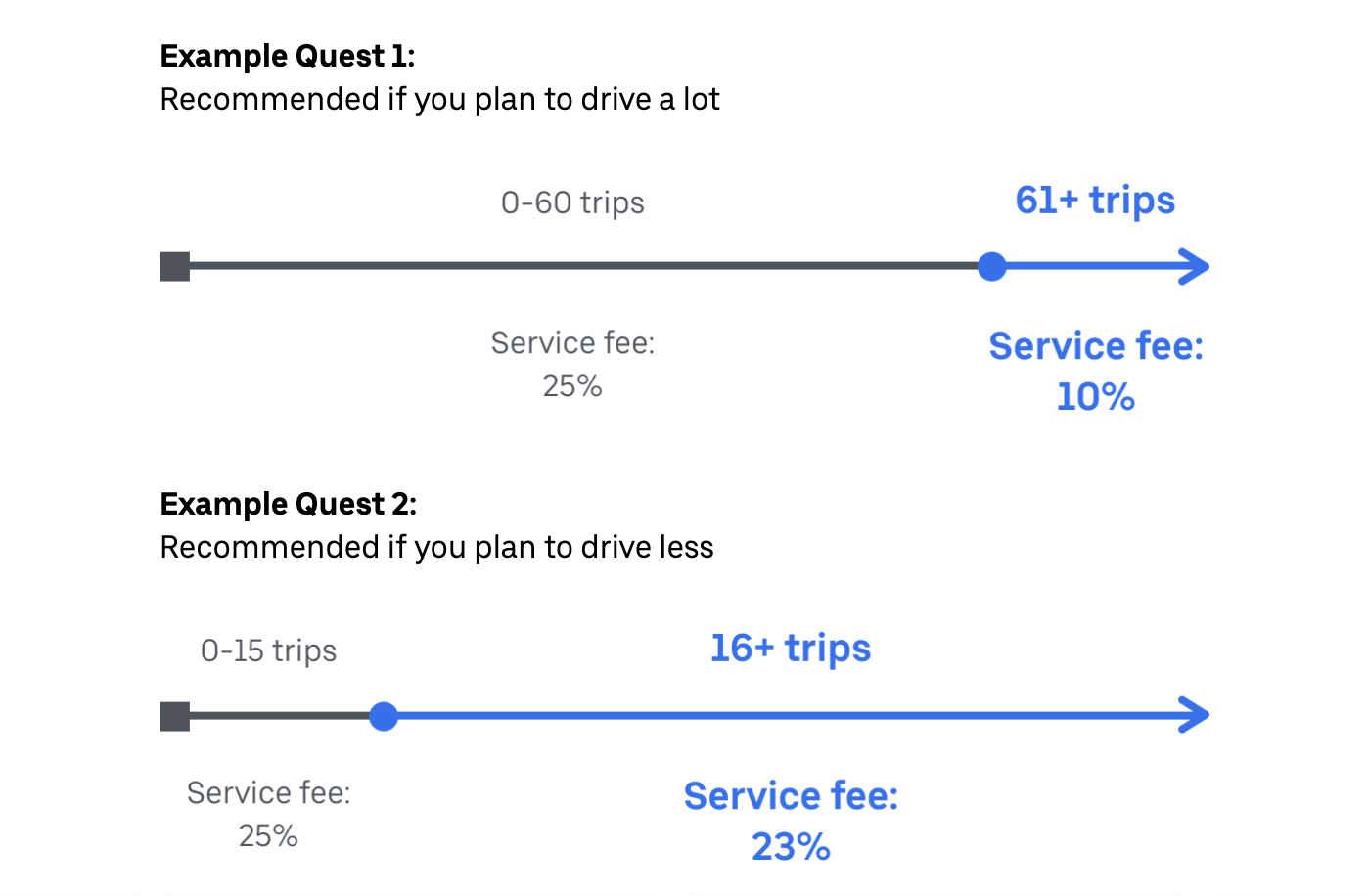
As you can see from the above image, California drivers can expect to see Quests similar to this, where if you complete a certain number of trips (say, 80 trips) within the given timeframe, you will receive a reduction in your service fee from 25% to 10% on trips #61-80.
Referring back to our example above, let’s say your passenger pays $12.80 for a trip. Uber takes their $2.80 marketplace fee and now instead of earning $7.50 ($10 – 25%), you would earn $9 if you achieved the above Quest ($10 – 10%). You will also be alerted in-app once you have reached the Quest threshold, and your driver fare card will show a 10% service fee instead of the 25% as shown in the image above.
So if you’re confused right now, don’t worry, you’re not alone. This change is pretty confusing and I think there will be a learning curve BUT once you get used to it, I think it will be easier to understand. Remember, Uber also now shows the service fee on the accept screen so once you are on your 61st trip, you will now see ‘10% service fee’.
Ok now you’re probably also wondering – how the hell is this new Quest system better for me and will I earn less in Quest Bonuses? According to Uber, the answer is no. They have the same budget for Quest promotions as before, and this is not a reduction in pay. How much you earn should not change, just the structure of what Quest looks like now changes.
But, Quest has never had much transparency to start with so while you can choose to believe Uber or not, I know for a fact that many drivers are going to feel like they’re earning less with the new system. If Uber is smart, they will look at the most recent Quest bonuses offered to drivers and make sure that drivers earn at least the same amount with the new system. Uber reiterated multiple times that the budget for Quest will stay the same, so if that’s the case, why not find a way to put your money where your mouth is?
Throwback Thursday – Surge Multiplier is Coming Back!
Some drivers may not remember the good ol’ days of the surge multiplier but it’s safe to say, drivers were never big fans of flat rate surge aka penny surge. And ironically, leave it to detective Sergio to notice that Uber was testing the surge multiplier first. Back in November 2019, Sergio noticed that passengers were being charged a surge multiplier – while drivers were still being paid the flat rate surge. At the time, Sergio thought it might be a glitch or Uber “sharing the wealth” – well, it turns out that Sergio unknowingly broke this news first! Good work Sergio 😉
At the time, Sergio mentioned that flat rate surge combined with upfront pricing “totally decoupled what the passenger pays and what the driver receives”. Maybe Uber was listening, because in addition to getting surge multipliers back, Uber is now making driver earnings a lot simpler to understand.
Alas, we won’t get to look forward to the stories of drunk passengers agreeing to a surge multiplier and then being outraged when Uber charges them… the agreed upon surge multiplier amount. With the new, 2020 version of the surge multiplier, only in certain circumstances will passengers need to confirm if they’re okay with the higher multiplier.
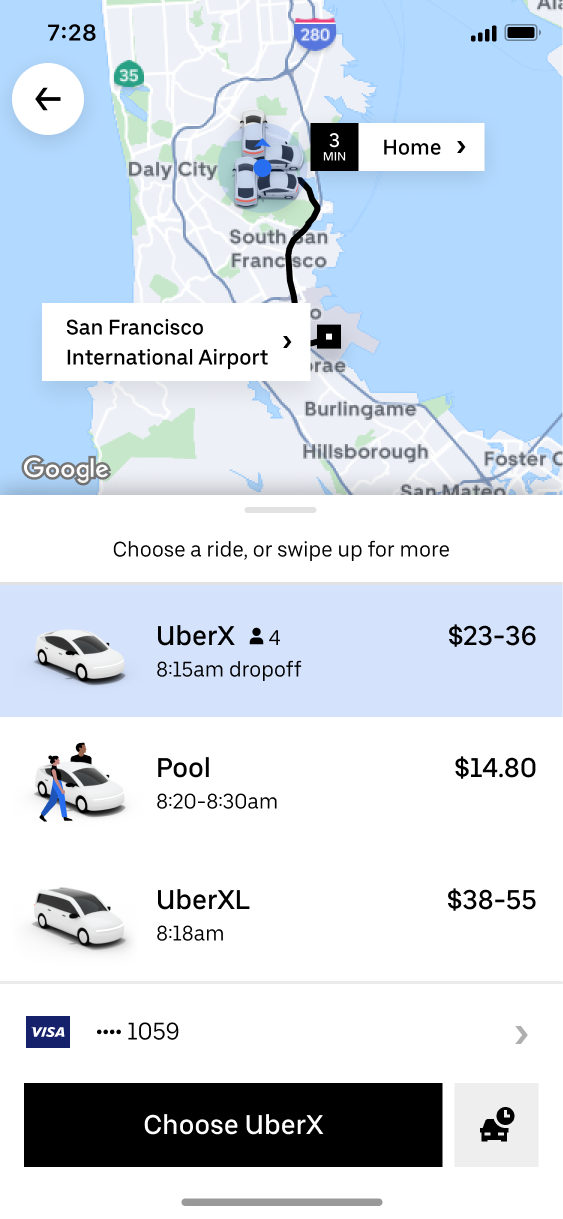
An Uber spokesperson did say that for a few weeks (through late January), California riders will be prompted to confirm they accept the higher multiplier – they just won’t be prompted to type in the multiplier.
For drivers, the passenger’s estimated fare range includes surge pricing.
Our Take on the Big News
The good news for drivers here is that Uber is getting rid of upfront pricing AND time and distance rates are not changing! If anything, we’re getting a more simplified fare structure and surge multipliers. Less convincing are the changes coming to Uber Quest, and while I think there will be some short term pain for drivers who are used to the current Quest system, over time, it will likely end up being a wash.
But why is Uber doing all of this? Well I think the first two paragraphs of their blog post about the changes make it pretty clear:
Last month, in response to new laws in California, we announced changes to protect and enhance your ability to work flexibly and on your own terms. As a first step, all California drivers now see estimated earnings and trip destination up front before accepting a trip.
As a next step, we’re simplifying our fare structure to further clarify the relationship between you and your riders and Uber’s role as a technology platform. Some of these changes, especially those we’ve made to promotions, may take some time to get used to. But time and distance rates have not changed.
Thank you AB5! Even though drivers are split on AB5, one thing is clear: Uber REALLY does not want to treat drivers like employees and they are instituting all of these changes to make their relationship with drivers more like a true independent contractor relationship. And I think these changes really start to bolster their case.
Drivers still have no say over the rates they can charge passengers but you can now:
- See estimated earnings AND trip destination before you accept a ride
- And what passengers pay is coupled to what drivers receive
- Uber is charging a variable (by city) marketplace fee and fixed service fee.
Of course we need to see how all of this plays out in real life but I do think that these changes will benefit all drivers going forward. One of my biggest beefs with AB5 is that it only benefits a small number of drivers but there are a number of changes that all drivers would care about – like being able to see the passenger’s destination, getting rid of upfront pricing and bringing back the surge multiplier!
In our most recent Uber driver survey, 66% of drivers indicated that they wanted to be independent contractors. Could it be that Uber has finally decided to listen and treat drivers like true independent contractors?
What do you think about Uber getting rid of upfront pricing, simplifying the fare structure and getting rid of flat rate surge for California drivers?
-Harry @ RSG with additional reporting from Melissa Berry
Uber Driver Fare Card Changes FAQ
What is happening to the Consecutive Bonus?
It is no more! In addition to the changes coming to Quest, the Consecutive Trips promotion is also shifting to a new promotion called Boost. With Boost, you’ll have another chance to reduce Uber’s service fee by completing trips in certain locations during busy times of the day. Unlike Consecutive Trips, Boost won’t have a minimum trip requirement.
While some drivers will miss their Consecutive Trip bonuses, others will be happy to learn that any service fee reductions received through Boost will be in addition to those you get with Quest, potentially lowering your service fee more dramatically.
Will this apply to Uber Eats drivers?
Yes, according to Uber they are launching similar features for Uber Eats drivers.
When will this roll out to drivers nationwide?
As of right now, Uber doesn’t have any definitive timeline to roll out any of these changes or the ones from December nationwide yet. However, depending on how they are received, this news could change.




